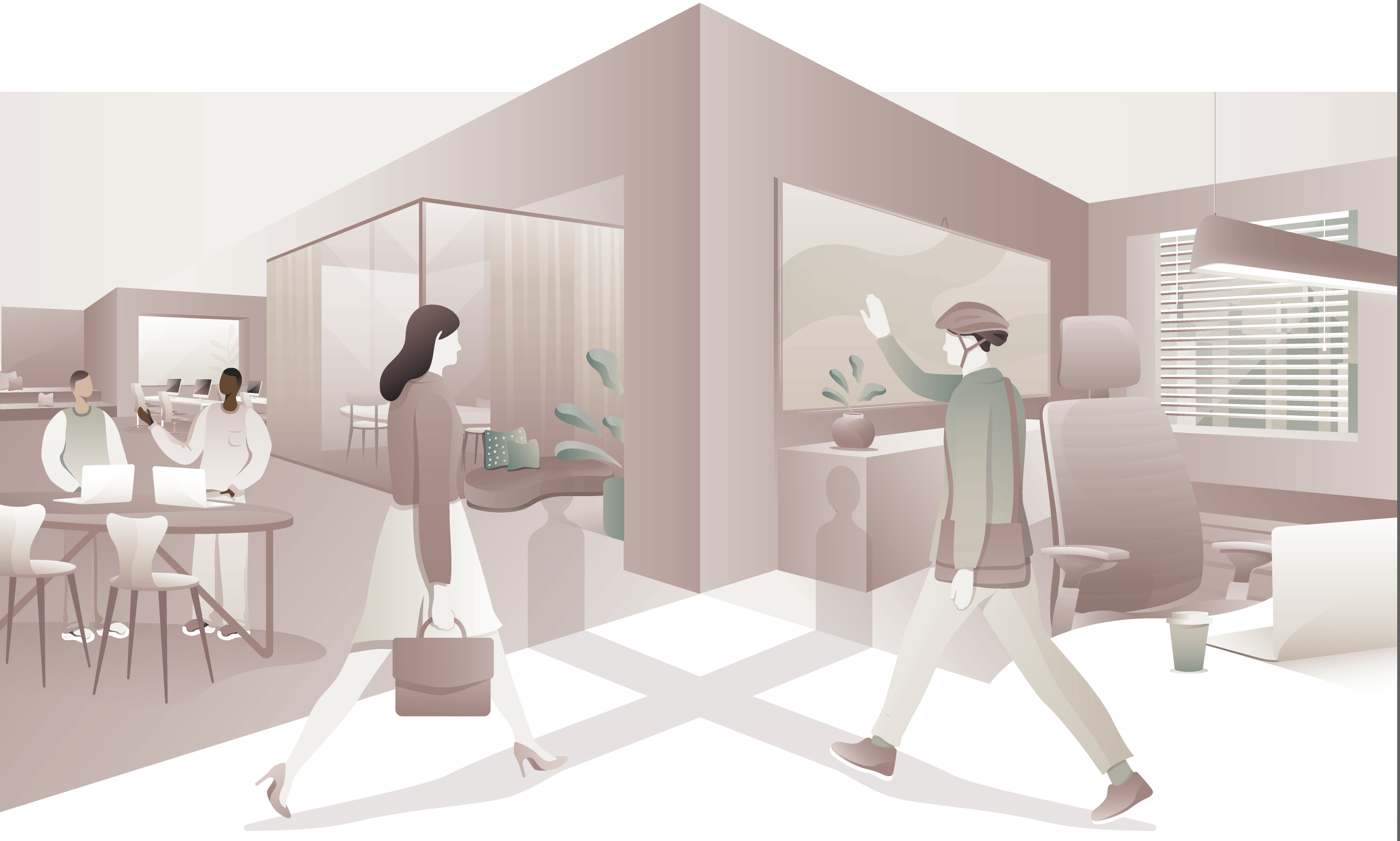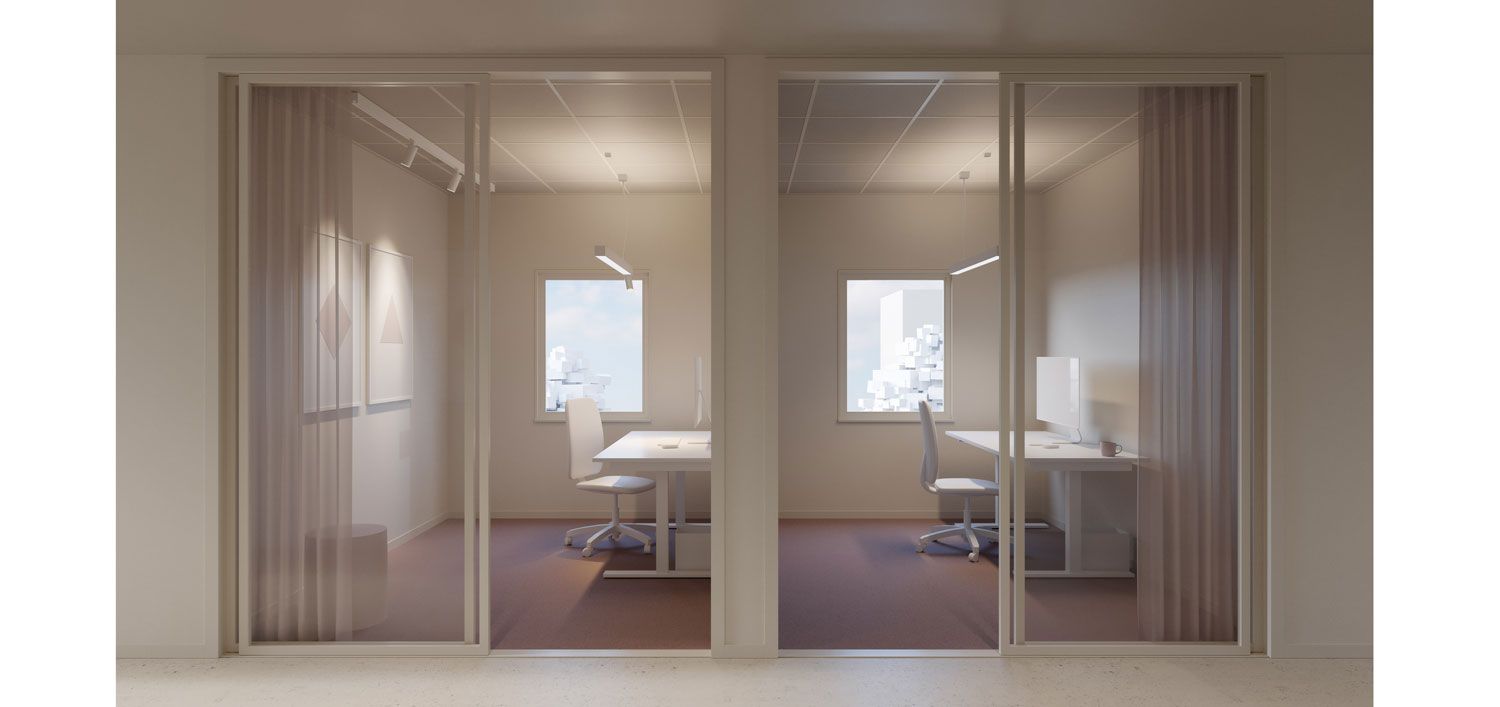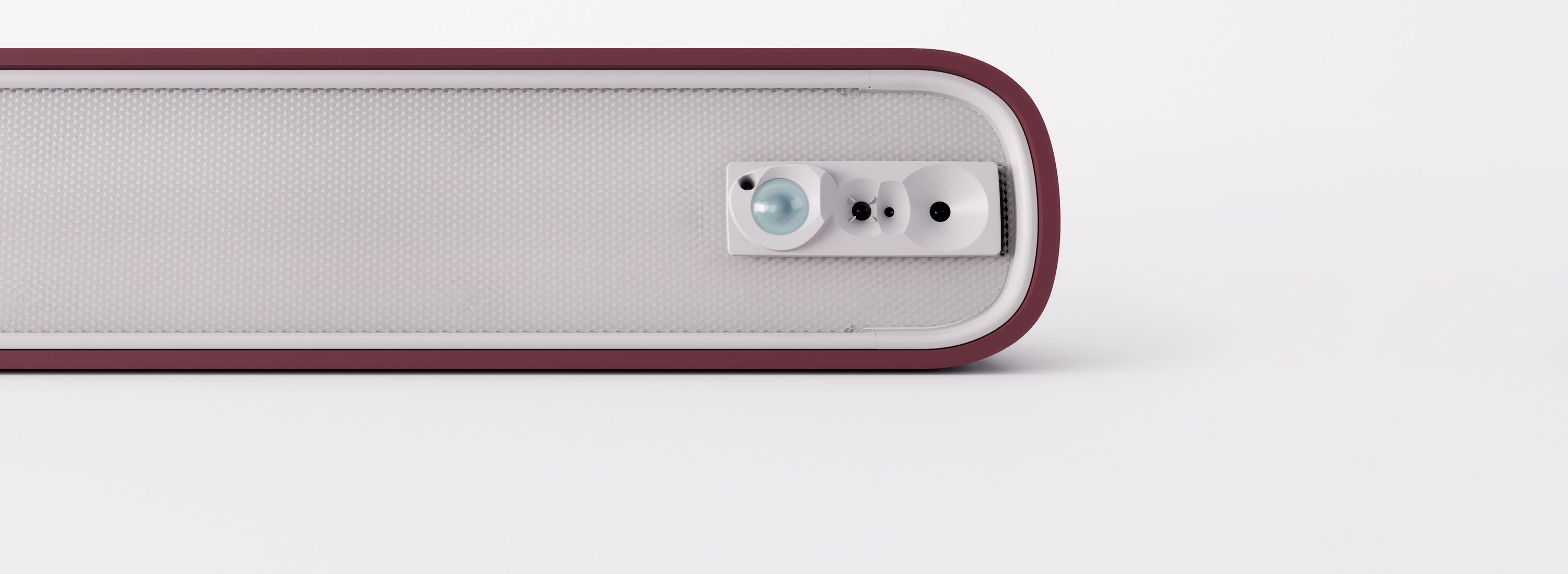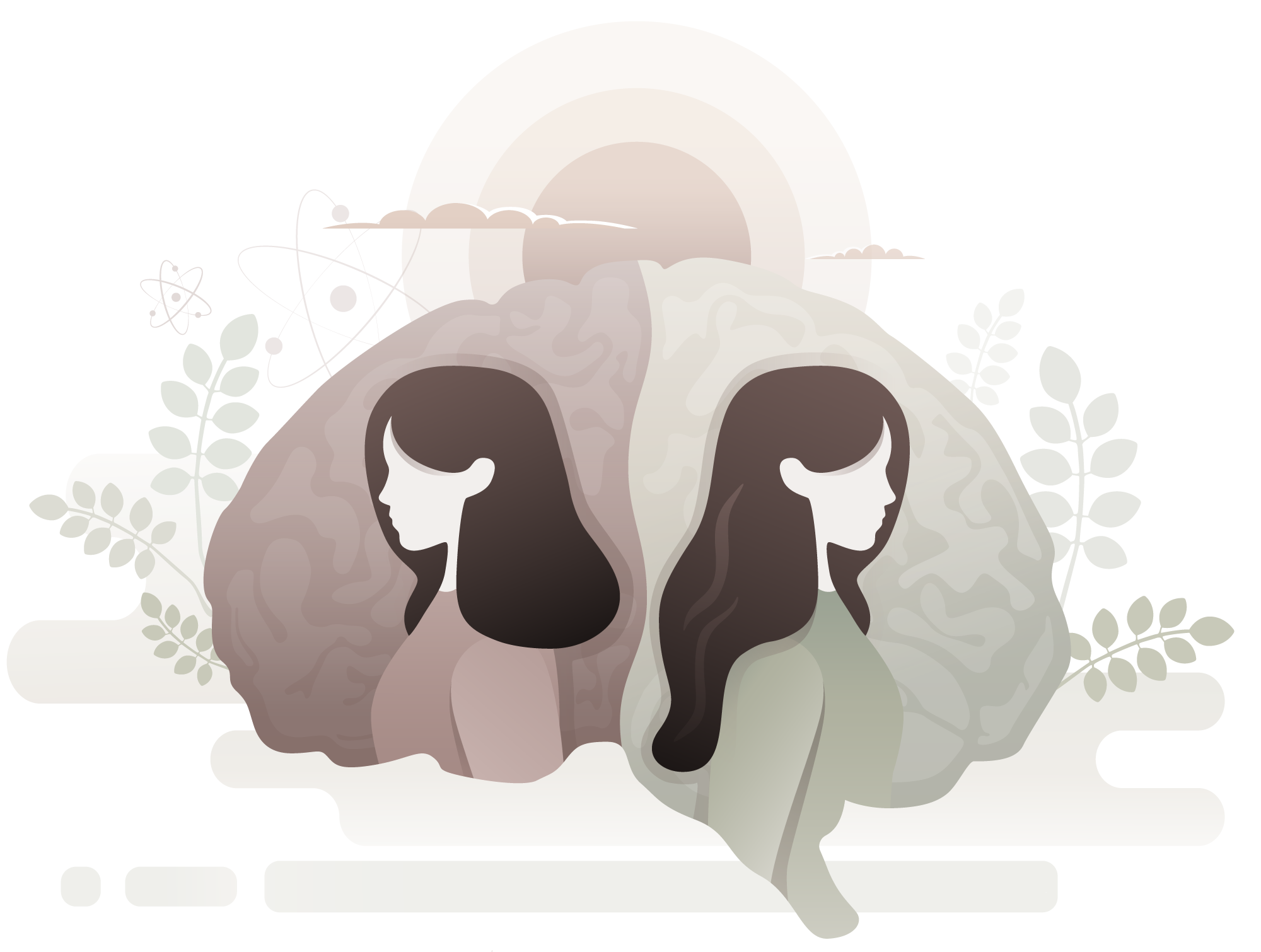Space for communication, creativity and concentration.
Lighting for offices and workplaces.
Many of us spend as much of our waking hours at work as at home. Often indoors and in electric light. That the right lighting, properly adjusted, facilitates the ability to do a good job and be productive, has been established in several studies. The work environment in an office is subject to regulations and standards, but we know that we can provide added value – in the form of our solid knowledge of the effects of light on health and well-being.
With our lighting solutions, we want to contribute to sustainable work environments with people in focus. When lighting is tailored to the needs of the individual and what they are doing, this contributes to establishing a good working environment for each employee.


Guidelines for lighting planning
The European lighting standard, EN 12464-1, has been in place since 2003. The purpose of the standard is to show how best to illuminate indoor workplaces through recommendations and guidelines. The revision of the standard, which will take effect in 2022, places among other things, an increased focus on the brightness of rooms and ambient lighting.
Smart collaboration
The office of the future is a smart office. There are no alternatives there. Integrating technology infrastructures to facilitate the flow of information and communication, simplifies employees' everyday life at the office.
With the help of Organic Response and our luminaires' integrated wireless sensor networks, we can help provide more smart services than just lighting customisation. With our smart collaboration solution, we can enable other functions as well, such as for ventilation, security and evacuation, or the capability to book a conference room.

HCL and DDL – the impact of light
Humans are complex creatures. We are not only a biological organism, but are also equally affected by our emotions. Like other living things, we are very much influenced by our surroundings. The concepts Human Centric Lighting (HCL) and Double Dynamic Lighting (DDL) describe the human relationship to light, and the effects it has on our well-being. HCL is a holistic approach that uses lighting design to meet people’s visual, biological and emotional needs, while DDL is an adaptation of the lighting in real time in order to complement the daylight.

Human Centric Lighting (HCL)
HCL is a holistic way of looking at how light, and its absence, affects us humans. Our retinas are home to receptors, which affect the secretion of the sleep hormone melatonin (at low light levels) and the stress hormone cortisol (at high light levels). They also communicate directly with the part of the brain that controls our circadian rhythm and our biological clock. Working on the basis of research, we are able to create electric lighting that resembles daylight, resulting in healthy indoor environments.
Double Dynamic Lighting (DDL)
DDL is a lighting design concept for indoor lighting that focuses on the psychological experience of lighting. How do different kinds of lighting affect the way we feel? Is it possible to raise people's spirits and well-being with lighting? It is an attempt to mimic the shifts and dynamics of outdoor daylight. This to be able to create more creative, stimulating and active indoor environments.
Melanopic Ratio
Did you know that there's a simple way to calculate how much light is needed in the office to support the circadian rhythm? Melanopic Ratio is a factor used to plan lighting installations that consider human biological needs. At Fagerhult, we present Melanopic Ratio for all our luminaires. We aim to make it easy to plan facilities where people feel comfortable.

Save your energy
Our greatest opportunity to make a difference today is to reduce the energy that our luminaires consume. Two ways to do this are to use connected luminaires with control and luminaires with Constant Light Output (CLO) L100.
By using control with integrated sensors in our office luminaires, carbon dioxide impact during use is significantly reduced. In addition, if CLO luminaires with L100 are used, the luminaires have the same light level after several years of burn time (50,000 – 100,000 hours) as when they were new. No excessive installation but with the same maintenance factor in the luminaire. We're saving our energy for the sake of the future.
Reference
Origin Workspace
Reference
Unilever
Contact us and we can talk about your next project
We know that challenges and needs differ depending on who you are and the phase of the project you are working in. Our insights into the planning process make it easier for you to get it right.